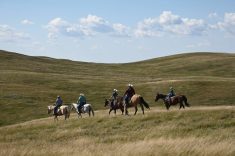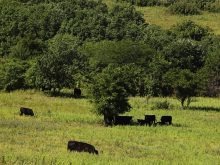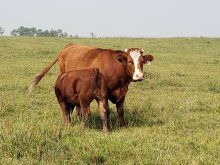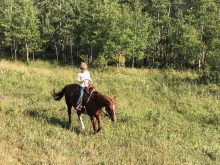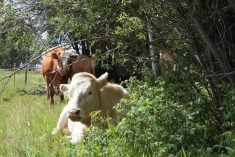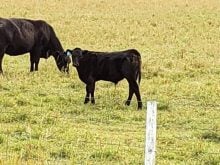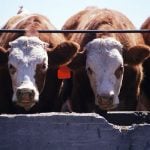Four seasons make up a year, although for ranchers in our area, we are lucky to experience a fifth season: branding season.
Brands can be found on nearly everything in our daily lives, from posters and websites to equipment, vehicles and apparel such as sunglasses, hats and bunnyhugs (a.k.a. “hoodies” for my non-Saskatchewan readers). Entire companies are built on the business of branding and promotion, but the inspiration for modern-day brand names had humble beginnings in practical and permanent livestock identification.
Branding calves is an age-old ranching practice rooted in heritage, yet it has real-world relevance today in ranching culture. While some argue branding is outdated, in our experience, it’s a valuable part of management.
Read Also

Syngenta rolls out Envita Dry nitrogen-fixing biological
A new formulation of the Envita bacterium distributed by Syngenta is expected to help farmers tap into more of the nitrogen crops need throughout the season — without adding more fertilizer.
We graze cattle in many pastures scattered across several miles. We’ve had to sort our (or others’) critters out of large herds in big pastures. We’ve also had random cattle walk into our yard seemingly out of nowhere. A quick look for a brand is the first step in solving a minor bovine mystery or a major sorting situation.
With present-day technology, there are certainly other ways to identify cattle and mark down who belongs where. We use those methods too. Dangle ear tags, metal ear tags, government-endorsed radio frequency (RFID) tags, tattoos and even DNA samples are all identification strategies we employ to verify ownership of our animals.

The trouble is, I can’t read the RFID tag of an animal from 50 feet away; dangle tags fall out; and maybe I don’t want to wait six to nine weeks for the DNA lab to get back to me with test results.
As well, when you encounter errant cattle, they aren’t always in a real obliging mood, or you may be on horseback in a big field, or along a road allowance at a weird time of night. Those other identification methods, while useful in some circumstances, are not as quick and handy as reading a traditional brand. It’s a darn good feeling to spy a brand on a hip, rib or shoulder.
Having an experienced person apply a brand to clean, dry hide on a safely restrained calf, using a hot iron, can be done in 10 seconds or less. We give calves vaccinations and parasite control at the same time and administer medicine to help manage their pain. (At the end of the day, the human branding crew usually passes around a bottle of Advil too.)
Going to a rope-and-drag branding is an event in itself. A branding brings together the helping hands of friends and family. Big or small, everyone of all ages works side-by-side with a sense of purpose.

You can’t mistake the smells and sounds of a branding. And somehow, amid the ropes, sharp knives, needles, horses, humans, cattle, hot irons and roaring fire, there is a reassuring rhythm of controlled chaos.
When the job is done, you sit down together — as dirty and possibly sunburned as you’ve ever been — and eat the best meal you can imagine, while swapping a few stories and creating more.
You reminisce about when your kids were the young ones holding the “berry” pail, and today they are roping and wrestling and helping the next crew of ambitious kids. Horsemanship and roping skills are encouraged by a community greater than the sum of its parts.
For ranchers, a brand can be important for their identity, their heritage and their finances. It’s also one of the last permanent, physical, legal methods of staking your claim in a high-stakes industry.
When we load liners of cattle that represent our life’s work and investment, I want my brand on them.
Like all businesses, cattle producers have a lot of irons in the fire. We take pride in a reputation founded on quality, a handshake — and, in many cases, a brand. Literally.



